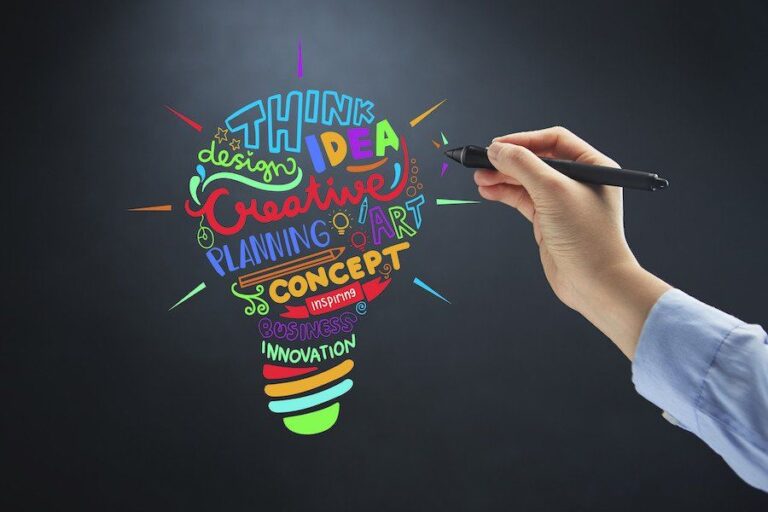Typography could be described as one of the key elements of a visual design in terms of message delivery and reception. Good typography not only makes the text readable but also inserts personality, sets the mood, and stimulates emotions which affects how the viewer interprets a brand or message. For a graphic design agency Birmingham, typography knowledge means knowing how font choices, sizes, and spacing impact the overall feel and functionality of a design.
From creating a formal look by using serif fonts to a modern, trendy touch by using sans-serif options, typography is that contributing element to give a brand identity, which helps lead the viewer’s eye through the visual presentation. Consistent and thoughtful use of typography can help make designs more cohesive, therefore enhancing the way audiences connect with and remember the content. The following are key ways in which typography impacts visual design, particularly on elements such as readability, mood, and brand consistency, all of which are important aspects that help in creating memorable and impactful designs.
Typography and Readability
Typography can help make a readable message that’s clear and quite understandable. Given the choice of font styles, size, and line spacing, all these can be factors as to how comfortably one can read text-in particular, particularly across the various screens or printed materials. Good typography means the content isn’t a strain on the reader’s eyes, keeping them from getting bored and engaged.
For instance, bigger fonts with wide spacing are more useful for reading big chunks of text, and more typographic decorations can be used for short headlines that grab the attention of viewers. Typography can be used as a means of making any content readable by the viewer, which means your message will get delivered without much upsetting the viewer.
Mood and Tone
Different fonts can create different emotions and styles, very much leaving an impact on the viewers’ perception of the brand or message. Serif fonts have a more vintage or traditional feel, while sans-serif makes the text seem more modern and clean. Decoratives or scripts can be used to add some extra flavour and work great for special occasions or logos of the brand. Good typography makes the designer create an instant emotional response in the target customer with the right tone, right for the brand personality. This relationship between typography and emotion allows viewers to make deeper connections with the content.
Creating Brand Identity
Typography is one of the fundamental building blocks of a visual identity. Your ability to use consistent choice among all your materials makes your brand recognisable and easier to remember in the audiences’ minds. Some examples would be using the same fonts in logos, advertisements, and website design, which will strengthen brand consistency. Typography can become a company style, as branding is for Coca-Cola or Apple. Spending on typographic consistency will give a strong identity to brands that convey their values and style, meaning it will stand out distinctively from the rest in a competitive market.
Guiding Visual Hierarchy
A proper typography hierarchy guides viewers as they navigate through the information. Different font sizes, weights, and styles convey the relative importance of different elements within a text and therefore help key messages remain on top. Bigger fonts draw attention to headlines. Bolder fonts catch the eye of headlines as such. When using smaller and lighter fonts, can be used for secondary details. That is how content is structured for effortless guidance by the reader’s eye through a design with typographical hierarchies. This benefits the user experience as well as communicates all the right information.
Aesthetics vs Functionality
Typography does not necessarily refer to aesthetics, but it is also functional. Well-designed typography seeks to balance aesthetically beautiful font selection with practical readability and alignment. Decorative fonts are spectacular but can not read easily if done excessively. This is where more basic, simple, and clear fonts serve a purpose but make the site look less rich without extra visual elements.
An excellent graphic designer knows how to balance this both ways, and such a design does appear attractive yet at the same time understandable. The ability to strike that balance results in products that not only look aesthetically pleasing but which are intuitive to access too. It is this that fuels the experience of a user, thereby influencing conversion and engagement.
Conclusion
Typography choices have a significant impact on visual design, influencing everything from readability to the emotional tone of a message. For a graphic design agency in Birmingham, it equips it with the knowledge that allows the creation of very attractive designs but also successful designs in terms of communicating the given message and values from a brand. For the element in the design, designers ensure visual cohesion and direct viewers to a higher level of involvement by making precise selections on typography. Thoughtful typographic decisions ultimately ensure a design is memorable, functional, and aligned with the brand identity it’s an important tool in any effective visual design strategy.
Visit blogpedia for more informative news.
